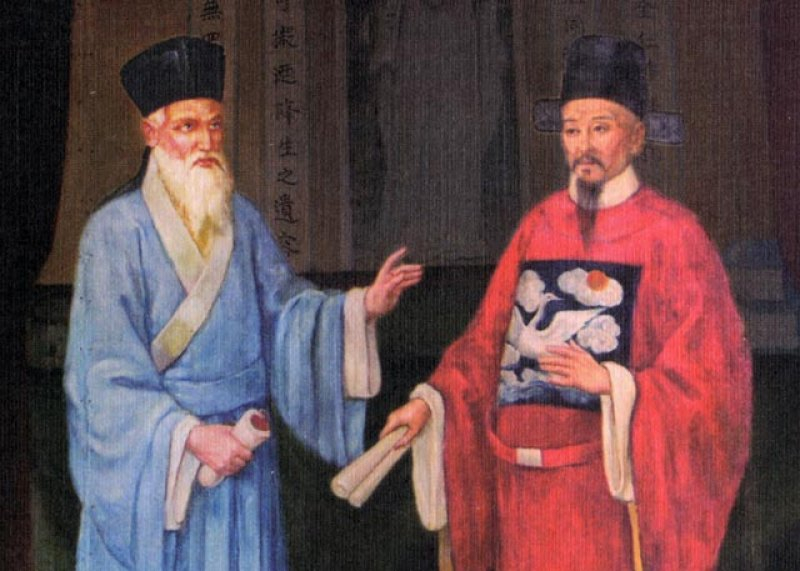Matteo Ricci
Matteo Ricci was an Italian Jesuit missionary who introduced Christian teaching to the Chinese empire in the 16th century. Ricci arrived at the Portuguese settlement of Macau in 1582. Ricci spent years adopting the language and culture of China, as he was empowered by the example and teachings of St. Francis Xavier and Alessandro Valignano (who had mentored him in India). This strategy eventually earned him entrance to the Forbidden City of Beijing in 1601 when invited by the Wanli Emperor of China, which was normally closed to foreigners. He was a pioneer in building mutual understanding between China and the West throughout his 30 years in the nation. Therefore, the Apostolic See acknowledged Ricci's "heroic virtues" on December 17, 2022, and bestowed the honorific of Venerable upon him.
Matteo Ricci produced a remarkable map of the world, the “Great Map of Ten Thousand Countries,” which showed China’s geographical relation to the rest of the world. In Nanchang, he also taught geography and astronomy. For the first time in history, he collaborated with a number of Chinese aristocrats, including Xu Guangqi, to translate Euclid's Elements into Chinese and the Confucian classics into Latin. A Chinese mathematician, astronomer, and geographer named Li Zhizao was one of Ricci's most significant converts. His translations of European scientific works significantly aided the development of Western science in China.
Born: 6 October 1552
Died: 11 May 1610
Contribution: Being one of the founding figures of the Jesuit China missions. He created the Kunyu Wanguo Quantu, a 1602 map of the world written in Chinese characters.








